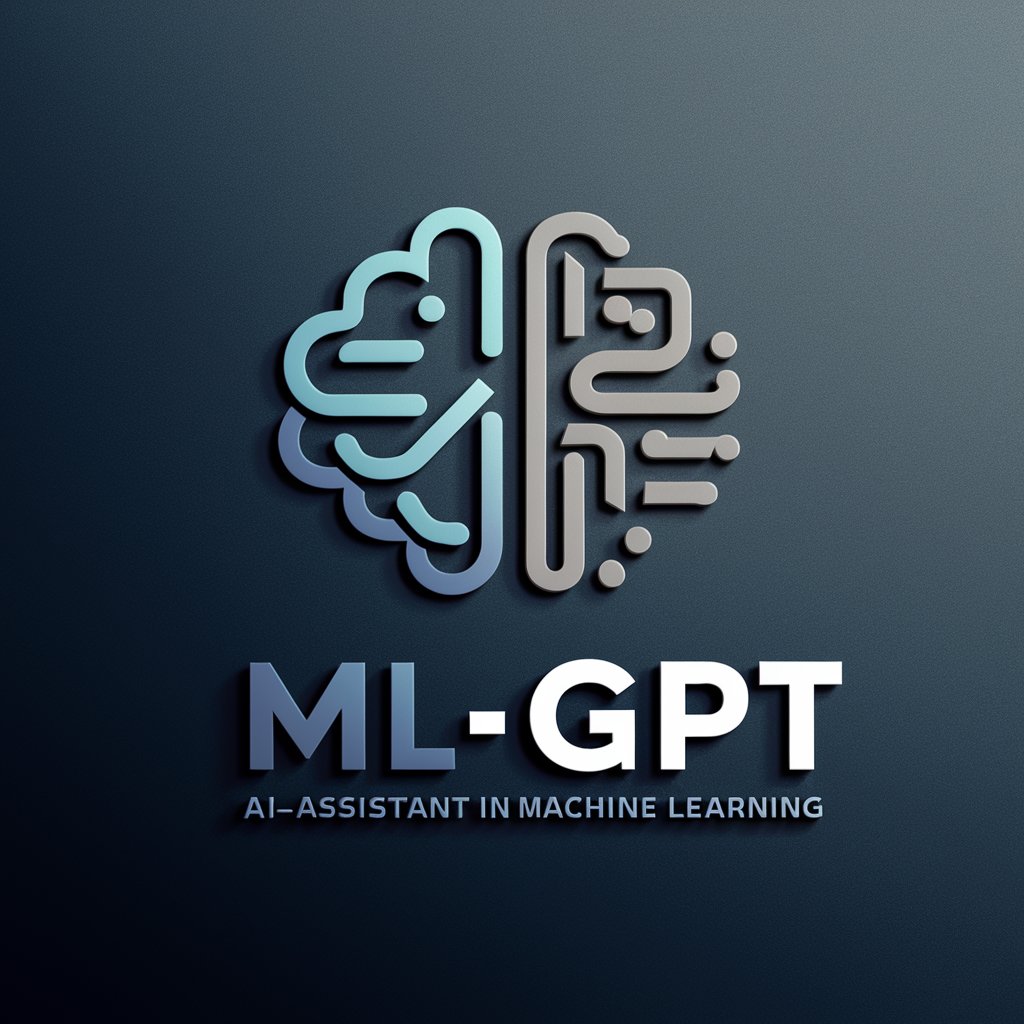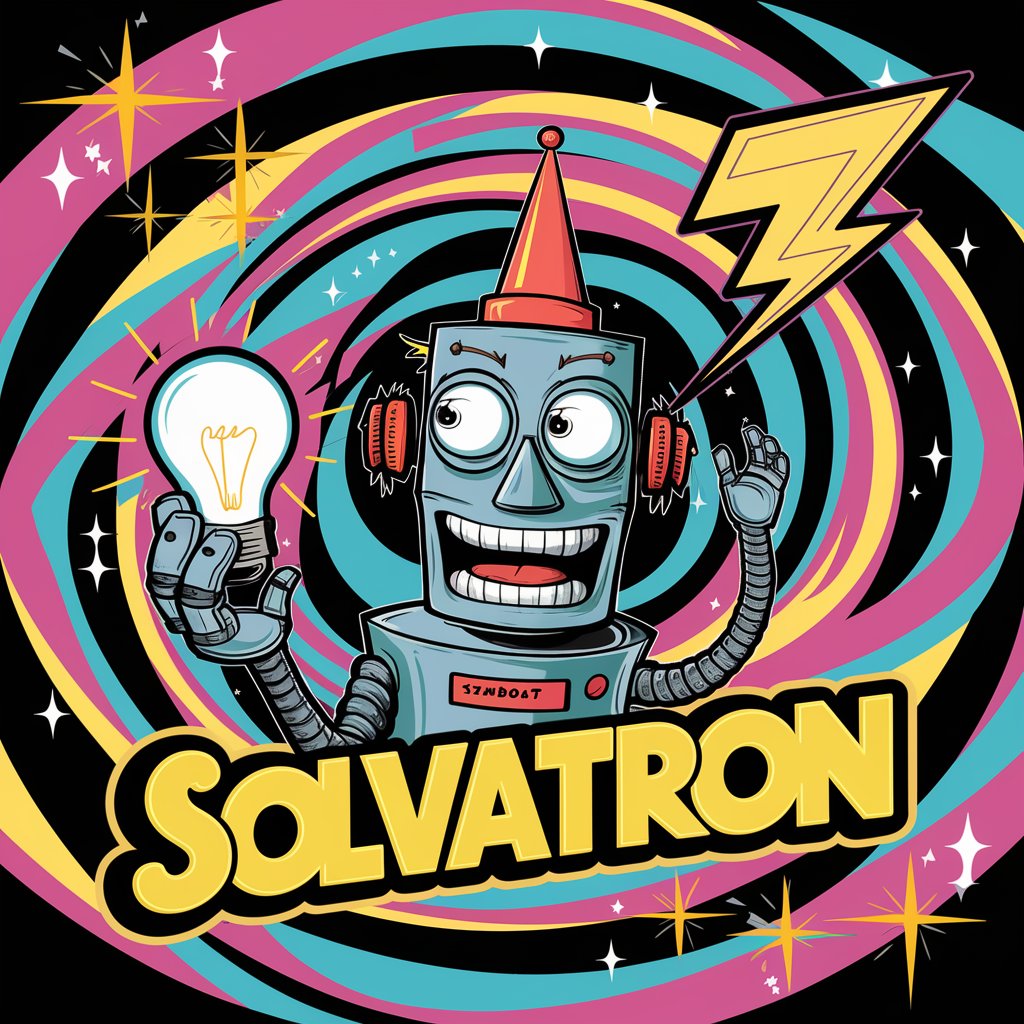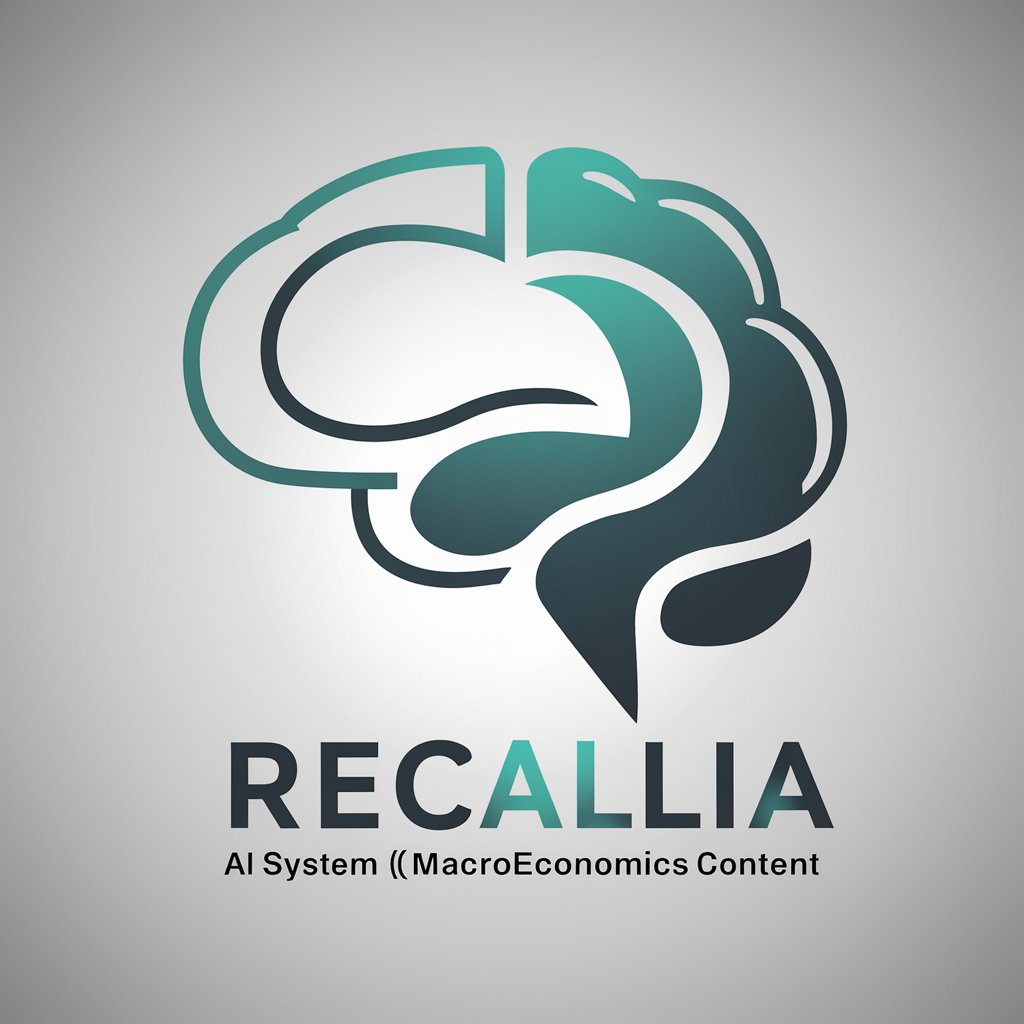ML-GPT - ML Code Generation

Hello! How can I assist you with machine learning today?
Empowering innovation with AI-driven code generation.
Explain the process of
How can I implement
What are the benefits of
Provide an example of
Get Embed Code
Introduction to ML-GPT
ML-GPT is a specialized version of ChatGPT that focuses on providing detailed responses based on machine learning (ML) literature and code examples. It's designed to assist users with specific machine learning queries by drawing on a vast repository of knowledge from notable ML texts and sources. ML-GPT integrates data from foundational books and papers in the field to provide accurate, context-rich information and practical implementations of ML models. For example, if a user needs assistance with implementing a decision tree model, ML-GPT can offer direct code examples from its dataset and explain the theory behind the model. Powered by ChatGPT-4o。

Main Functions of ML-GPT
Code Implementation Guidance
Example
ML-GPT can provide step-by-step code examples for implementing various ML models like SVMs, neural networks, or k-means clustering from its internal resources.
Scenario
A user working on a data science project may require immediate examples of neural network code for classification tasks. ML-GPT can generate a code snippet that illustrates how to structure and train the model using libraries like TensorFlow or PyTorch.
Theory Explanation
Example
If a user needs a detailed explanation of concepts like 'gradient descent' or 'backpropagation,' ML-GPT can offer definitions, applications, and significance in machine learning drawn from its extensive database of texts.
Scenario
During a study session, a student might struggle to understand how gradient descent optimizes machine learning models. ML-GPT can explain the mathematical foundation and practical applications of the method, enhancing the student's understanding.
Problem Solving
Example
ML-GPT can suggest machine learning techniques and algorithms to solve specific types of data analysis problems, such as recommendation systems or natural language processing tasks.
Scenario
A software developer wants to create a recommendation system for a new e-commerce website. ML-GPT can suggest using collaborative filtering, explain why it is suitable for this purpose, and provide a basic implementation guide.
Ideal Users of ML-GPT Services
Data Scientists and ML Engineers
These professionals can use ML-GPT to get quick references to ML algorithms, implementation strategies, and performance tuning tips that are critical for optimizing their models.
Students and Academics
Students learning about machine learning and professors teaching the subject can leverage ML-GPT for educational purposes, such as clarifying concepts, getting code examples for practical assignments, and exploring advanced ML topics.
Tech Industry Professionals
Software developers, product managers, and other tech professionals involved in building or managing AI-driven products can use ML-GPT to understand how machine learning can be applied to solve real-world problems effectively.

How to Use ML-GPT
1
Visit yeschat.ai to start a free trial, no login or ChatGPT Plus required.
2
Select your area of interest or domain for customized GPT interactions.
3
Input your questions or data for ML-GPT to analyze and generate responses.
4
Review the responses and generated codes, and use the 'refine' option to tailor outputs more closely to your needs.
5
Utilize the provided code snippets and explanations to apply machine learning solutions directly in your projects.
Try other advanced and practical GPTs
Solvatron
Turn challenges into chuckles with AI!

Swift Mood Mixer
Curate Your Swift Music Journey

Horoscope Whisperer
Empower Your Day with AI Astrology

Recallia
Empowering Learning with AI

Eminent Sage
AI-Powered Deep Insights

Fitness Friend
Your AI-powered fitness companion

Liturgiae Magister
Elevating Liturgy with AI

Comunicador Estratégico
Enhance Communication with AI-Powered Insights

Şakirt
AI-guided wisdom for spiritual reflection.

What? to Wow! for Writers 1.0
Elevating Writing with AI Creativity

Axie Decisions
Elevate Your Game with AI-Powered Strategies and Coding.

Dilemma Helper - Decisions or Ethical Question
Navigating Ethics with AI

Frequently Asked Questions About ML-GPT
What types of machine learning models can ML-GPT generate code for?
ML-GPT can generate code for a variety of machine learning models, including but not limited to decision trees, neural networks, k-nearest neighbors, and support vector machines.
How does ML-GPT handle data privacy?
ML-GPT ensures data privacy by not storing any user data. Users can input their data for analysis and receive outputs without the risk of data retention.
Can ML-GPT provide explanations for the machine learning code it generates?
Yes, ML-GPT not only generates code but also provides detailed explanations and documentation for the generated machine learning models, helping users understand how the code works and how it can be improved.
Is there a limit to the complexity of the code ML-GPT can handle?
ML-GPT is designed to handle a wide range of complexities in machine learning projects. It can generate code for simple to complex models, depending on the user's requirements.
How does ML-GPT stay updated with the latest advancements in machine learning?
ML-GPT regularly updates its knowledge base from a variety of sources, ensuring it stays current with the latest trends, technologies, and best practices in machine learning.
